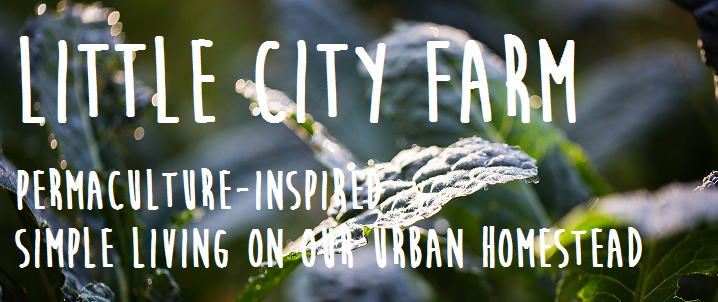Thanks again to our friend Erin who came by to lead her fabulous workshop on using natural plants as dyes! Erin first led this workshop last year during our Spotlight Festival tour, and had rave reviews. It was great to have her back! This time she brought samples of various dyes she's been trying out on wool (using raw, spun and knitted pieces), including a gorgeous red from Brazilwood, blue from purple cabbage, creamy yellow from dandelions (flowers, leaves and roots), green from black-eyed susan flowers, and light brown from black walnut hulls.
Erin talked about the process of dyeing, including using mordants, fixatives, and modifiers; plants that can be used (many that are available by wildharvesting, or easy to grow in our own gardens), and the many many variables in the dyeing process - everything from length in the dye bath, to quality of water used (rain water vs. tap water), to containers used for dyeing (aluminum pots, copper pots), quality and quantity of plants used, texture of the fibre, mordants, etc. She advised keeping records if you wish to come up with a similar dye a second time, or better yet, dyeing all materials for one project in one batch so the colour is mostly consistent. Here are the basic steps - the list looks quite involved, but really this is a simple process that just has many small steps. For our workshop we used 100% wool (starting with white colour), alum as our mordant, washing soda as our assist, and rhubarb leaves as our dye agent:
1) weigh the fibre in grams (e.g. wool, silk, linen, hemp, etc) - in our case it was 100% wool yarn
2) choose a mordant and measure out appropriate weight in grams (e.g. we used alum) - the weight of the wool divided by 12 = weight of alum
3) choose an assist and measure out in grams (e.g. we used washing soda/soda ash/sodium carbonate, which can be found in the laundry section of the grocery store) - the weight of the wool divided by 37 = weight of assist
4) record this recipe in a record book if you wish to get similar results next time
5) add mordant and assist to the pot of boiling water (we used a stainless steel pot, not copper as this acts as a mordant and will change the final colour)
6) add wool to the pot of boiling water
7) add dye agent to the pot of boiling water (we used rhubarb leaves, as many as we could fit into the pot - other dye agents could be measured out more accurately in grams - usually using 100-200% more weight than the fibre to get a strong enough intensity)
8) choose a modifier - optional - by adding a modifier you will again create variations in the dye colour (e.g. vinegar brings the shades into the red spectrum; washing soda brings the shades into the blue spectrum; iron darkens the shade)
9) vegetable fibres like linen, hemp or cotton have cellulose so need tannic acid to help break down fibres so colour will take (e.g. use black tea or oak leaves added to the dye bath)
10) choose a fixative like salt to help colour to last
11) let fibre steep in dye bath for desired length of time (overnight, or longer)
12) strain, cool, then rinse and hang dry or spin dry (in salad spinner, or laundry spin cycle for larger pieces)







No comments:
Post a Comment